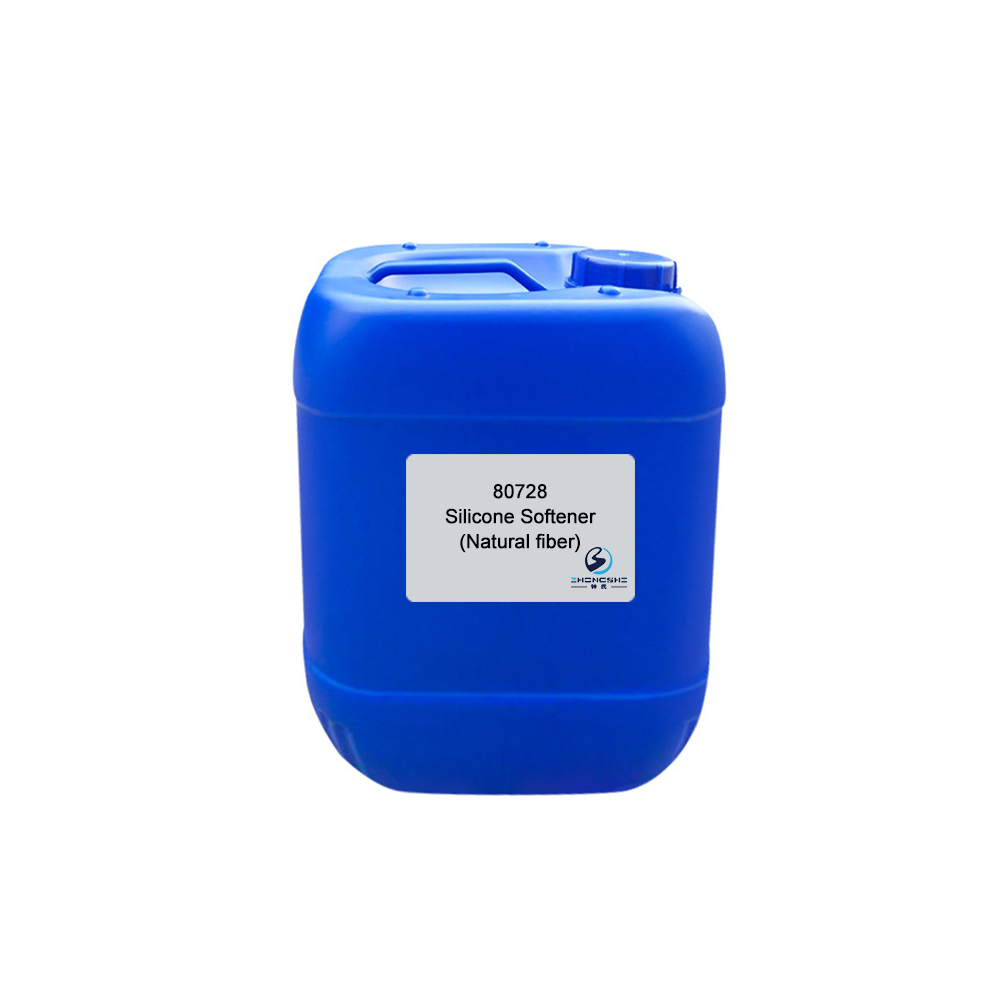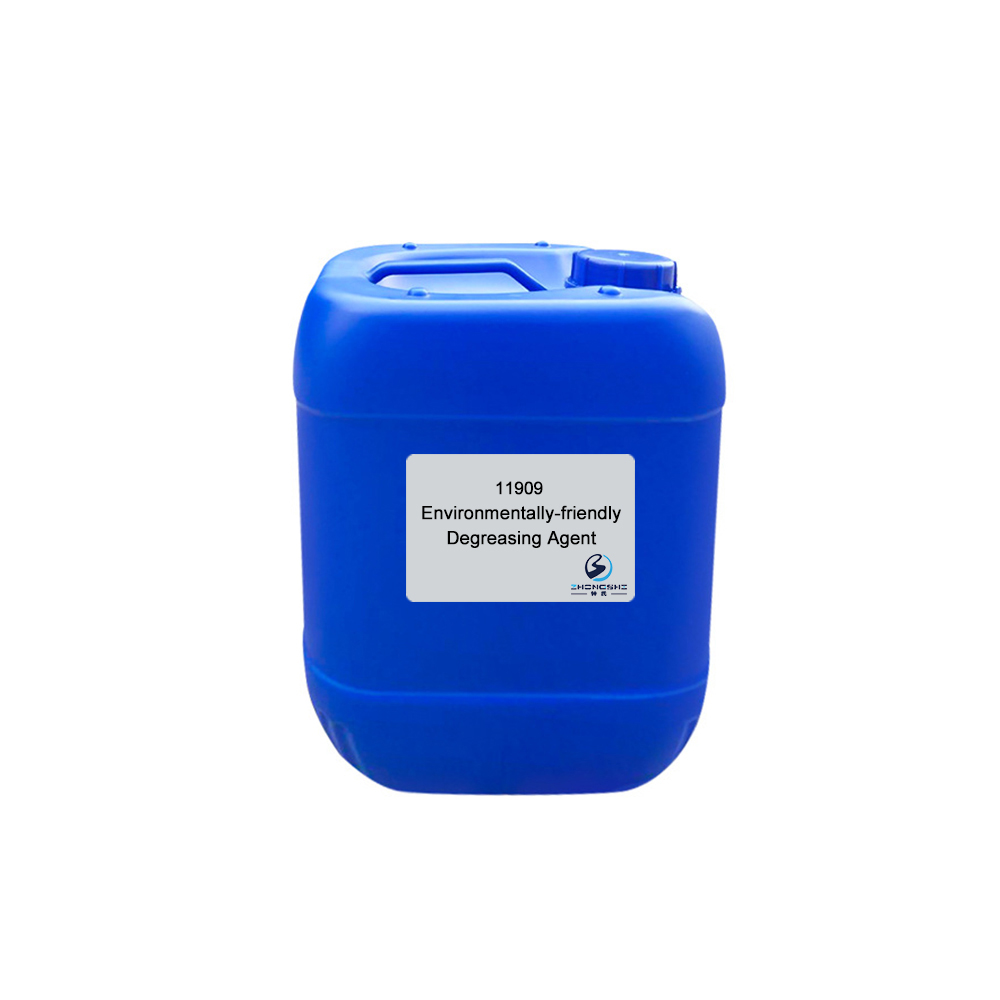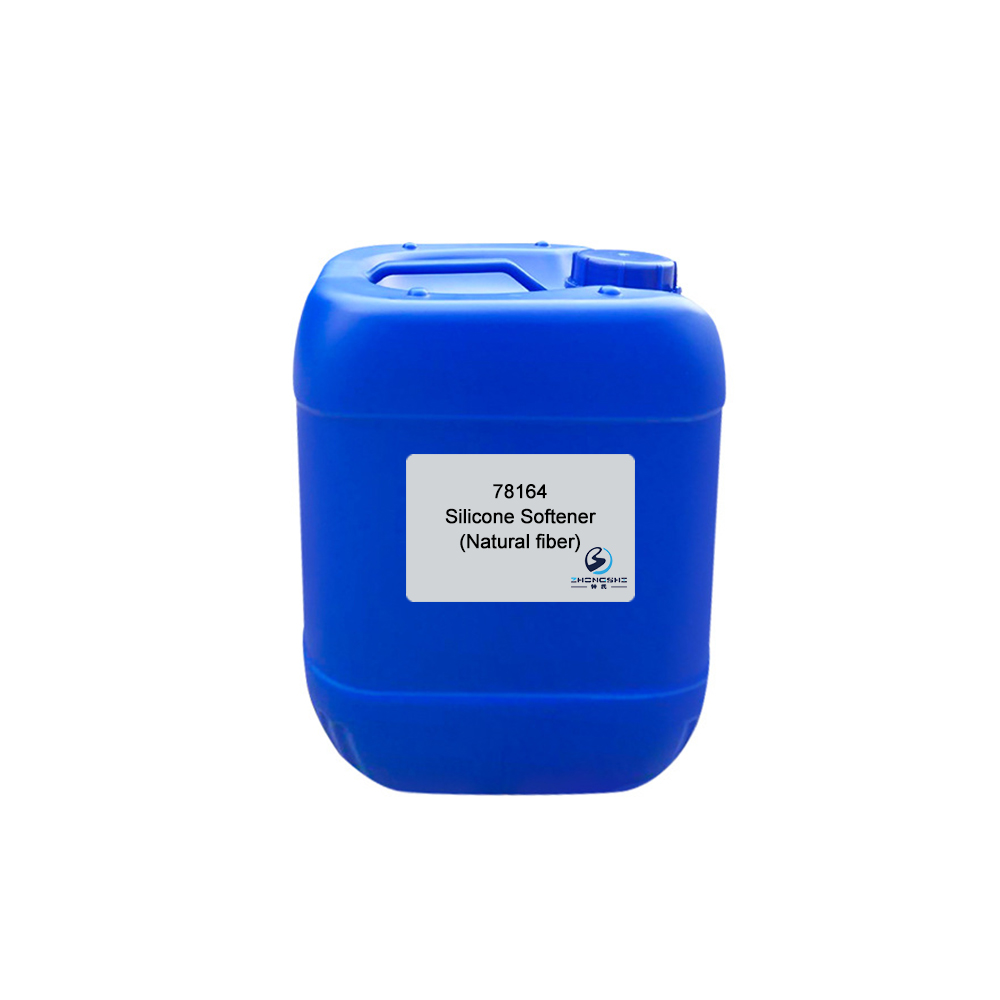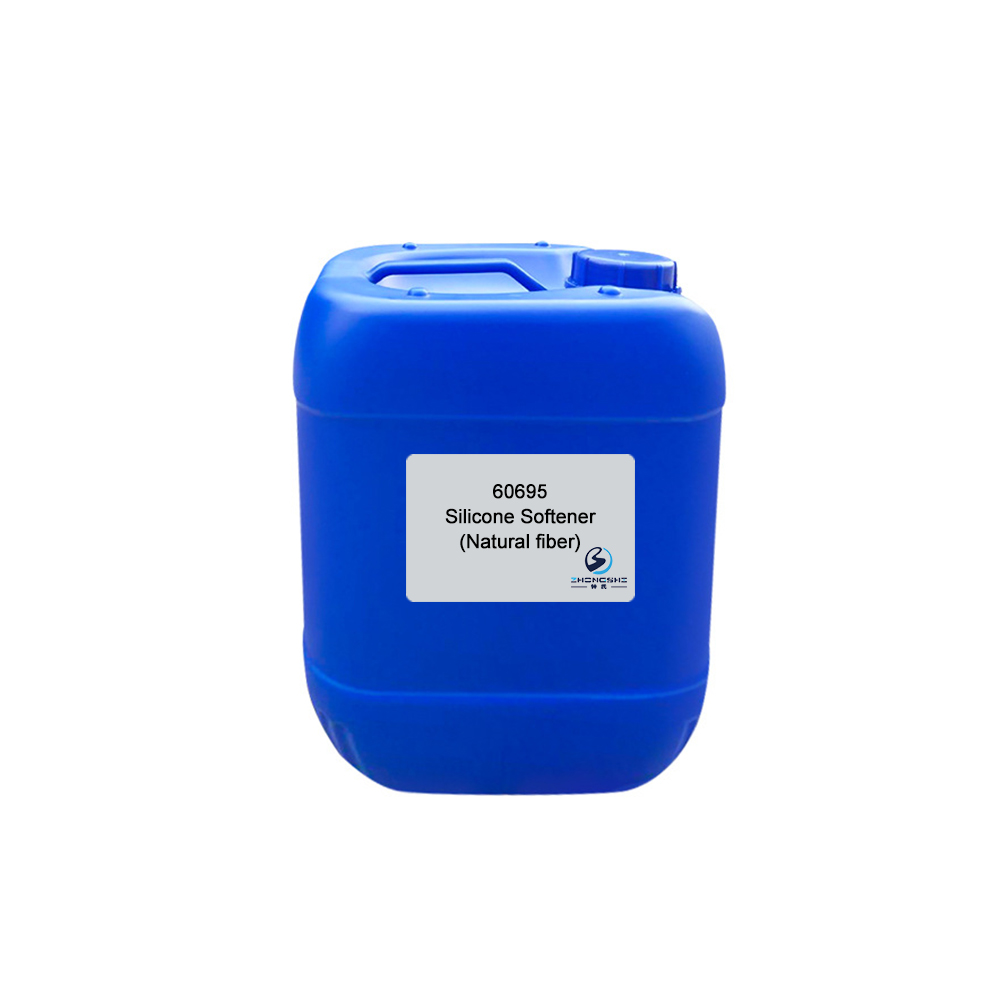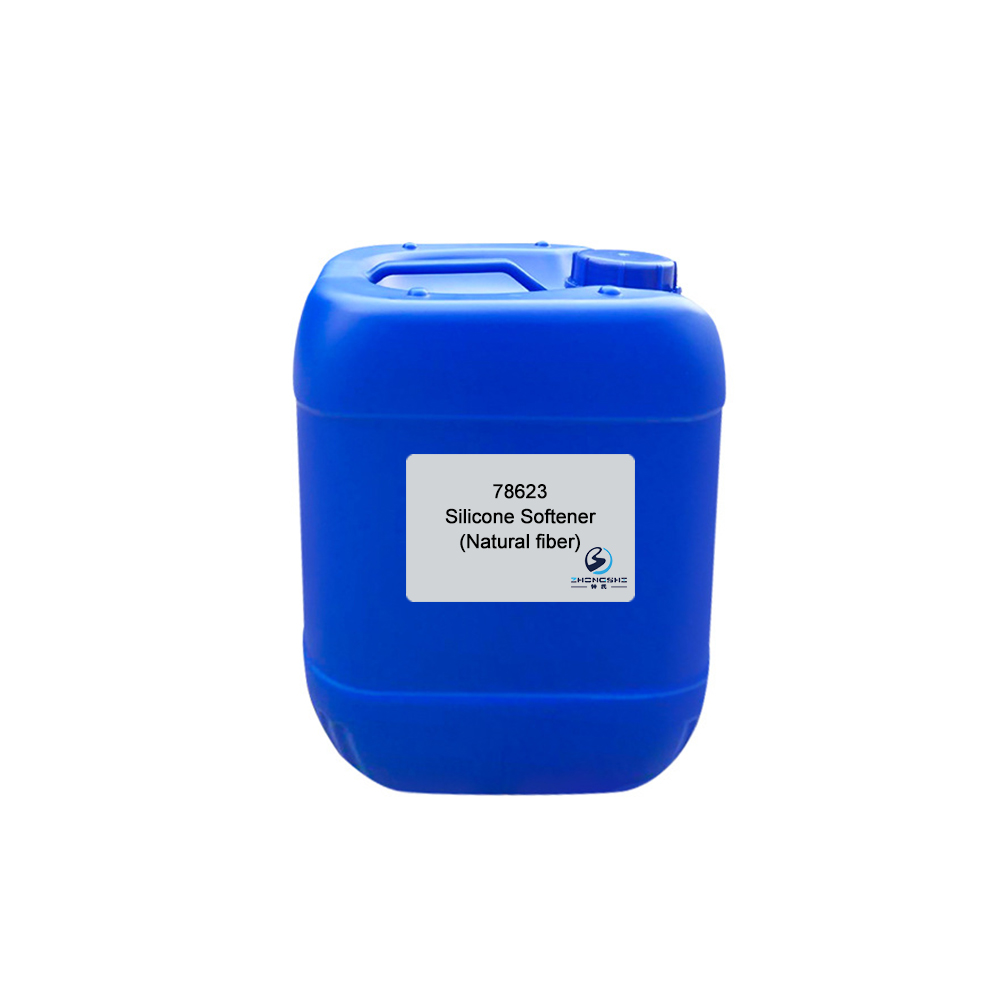80728 Silicone Softener (Soft, Deepening & Brightening)
Features & Benefits
- Stable in high temperature, acid, alkali and electrolyte.
- Imparts fabrics soft, smooth, elastic and plump hand feeling.
- Excellent deepening and brightening effect. Effectively improves dyeing depth and saves dyes, especially dark blue, dark black and disperse black color, etc.
Typical Properties
| Appearance: | Milk white emulsion |
| Ionicity: | Weak cationic |
| pH value: | 6.0±0.5 (1% aqueous solution) |
| Solubility: | Soluble in water |
| Content: | 40% |
| Application: | Cotton, Lycra, viscose fiber, polyester, nylon, silk and wool, etc. |
Package
120kg plastic barrel, IBC tank & customized package available for selection
TIPS:
Textiles today offer the consumer unending horizons of beauty, variety, and serviceability.
New developments constantly challenge the consumer to know his own needs and his own resources, to encourage the best efforts of industry, and to make wise, thoughtful choices.
Along with the beauty of textiles for clothing and environments, suitability and serviceability must also concern the consumer.
Many individual properties combine to influence the manner in which a fabric or garment or household item performs in wear and in cleaning. The major ones are:
Fiber Content
A fabric composed 100 percent of any one given fiber may be expected to have different qualities than a fabric of one or more fibers blended together or in combination. For example: The qualities of a 100 percent silk fabric would be different from a fabric of 20 percent silk and 80 percent wool.
Yarn Construction
Fabrics may be made from any of the following yarns: filament or staple; woolen or worsted; carded or combed; relatively simple; complex novelty types; or textured yarns. Each type of yarn construction contributes certain qualities to a fabric.
Fabric Construction
Fabric construction may be simple or complex. There are a variety of standard weaves, knits, and other methods of fabrication that have become familiar over the years. But every year, the ingenious fabric designer may produce new and attractive fabric constructions.
Dyeing or Printing
Dyeing or printing of a fabric provides a wide selection of colors and designs. Dye chemistry and the proper application of dyes to fabrics play an important part in the satisfaction users receive from colored fabrics.
Finish
Many different physical and chemical finishes are applied to fabrics to give them added and desirable properties. They may also influence the use and care of fabrics.
Decorative Designs
Decorative designs may be applied to a fabric surface or as a part of the basic weave in construction. They add interest and variety. Many designs give very satisfactory performance in wear and in cleaning; some designs may limit the wear life of a fabric.
Garment Construction
The manner in which fabrics are combined in garment design and construction is a very important consideration for consumer satisfaction. In addition to a well-selected fabric, a garment must have proper cutting and good sewing if it is to be satisfactory in use.
Garment Findings and Trim
Findings and trim are as important as the fabric itself in garment design. If the stitching thread shrinks or interlining bleeds, if the bias or stay tape and the ribbon or embroidery trim do not perform satisfactorily in cleaning, much or all of the value of the garment is lost.
Fabric properties can be determined by laboratory tests, and often results are used to prepare the labels, hang tags, and advertising and promotional material on textile merchandise. These are important sources of current information for the consumer.
Today the consumer’s acquaintance with the world of textile from fiber to finished product is a necessity as well as a pleasure. The information in this handbook has been chosen for its value in furthering a profitable acquaintance with today’s textiles and for its usefulness in helping the consumer expand his knowledge in the future.


